Why water insecurity is a crisis for women
Access to water is a gendered affair that leaves women shouldering a disproportionate burden. The reasons why – and the haunting consequences – run deep.
They say a woman’s work is never done. All told, women do three-quarters of the world’s unpaid work, including 11 billion hours of domestic and caring duties a day. It’s rarely recognised as work at all, yet this free labour is worth US$10.8 trillion a year, double the size of the world’s tech industry.
The numbers shine a light on an inequality where water has a particular significance. Women around the world shoulder the responsibility for water management – and it robs them of employment, education and leisure time.
How water is women’s work
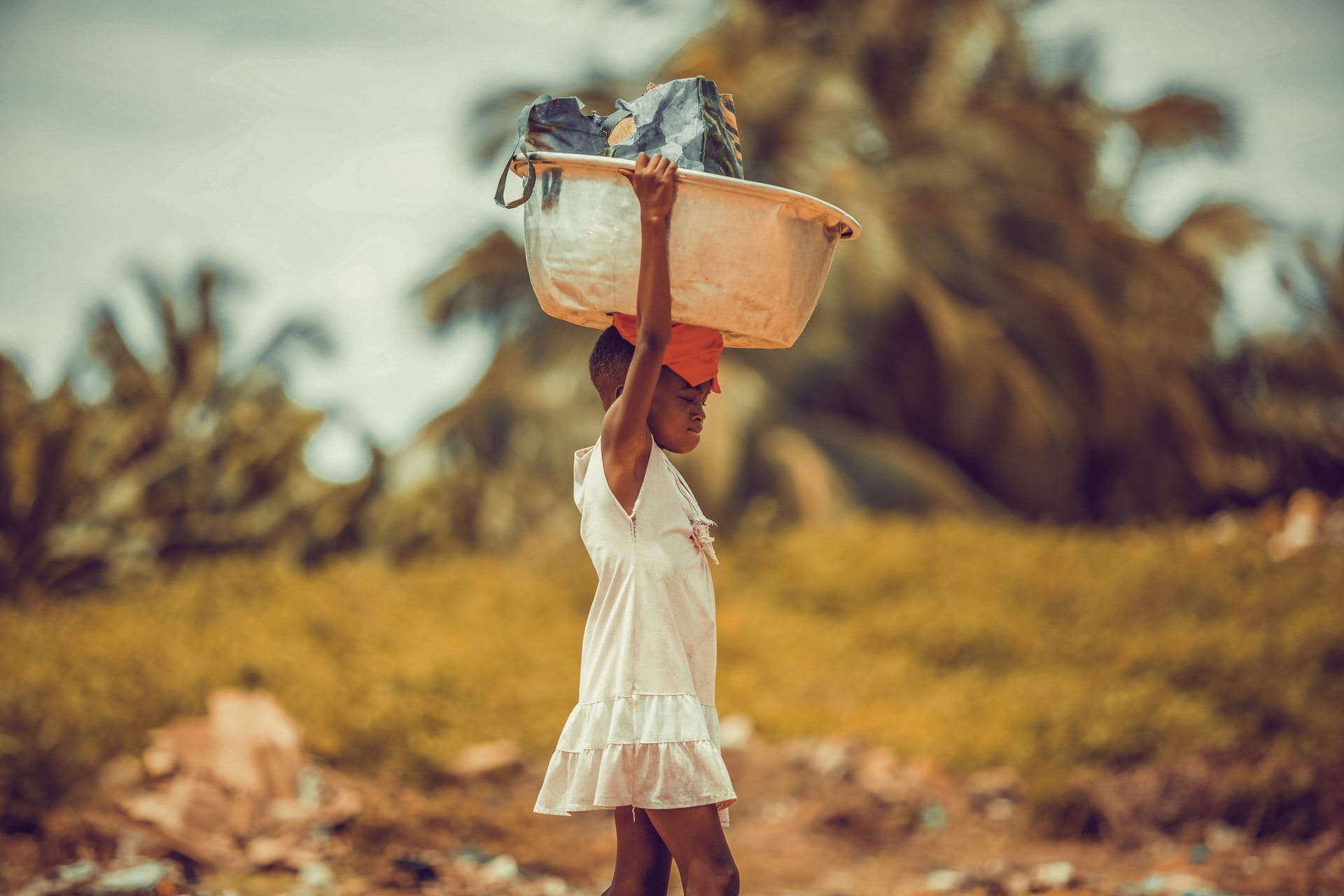
Women and girls spend 200 million hours every day collecting water. In developing regions this can involve round trips of an hour or more, regardless of illness, pregnancy or other paid and unpaid duties.
Moreover, travelling to collect water puts women at greater risk of sexual assault (a risk they also face when toilets are lacking).
For all that, fetching water is only the start of the day’s labour: the water must then be purified – or used as is, even if contaminated – for drinking, cooking and household chores.
The cost of water inequality
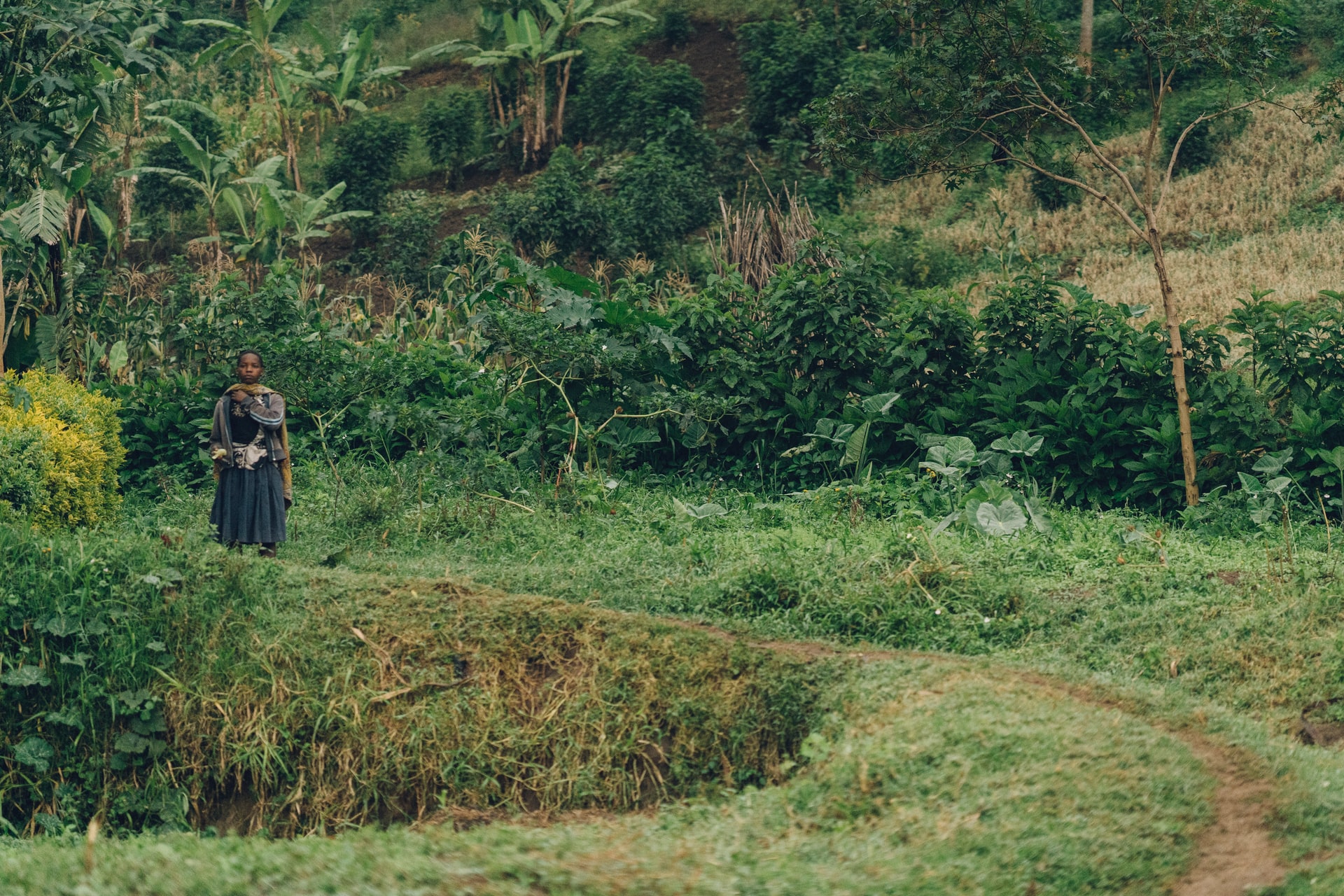
Water collection is just one strand in a web of connected factors that includes traditional gender roles and rights.
For example, according to water.org, women and girls spend even more time finding a place to relieve themselves than collecting water. Stigma about menstruation, coupled with a lack of toilets, period products and water for cleaning, is another block to social integration and schooling. Conversely, when a community gets clean water female enrolment in school increases by 15%.
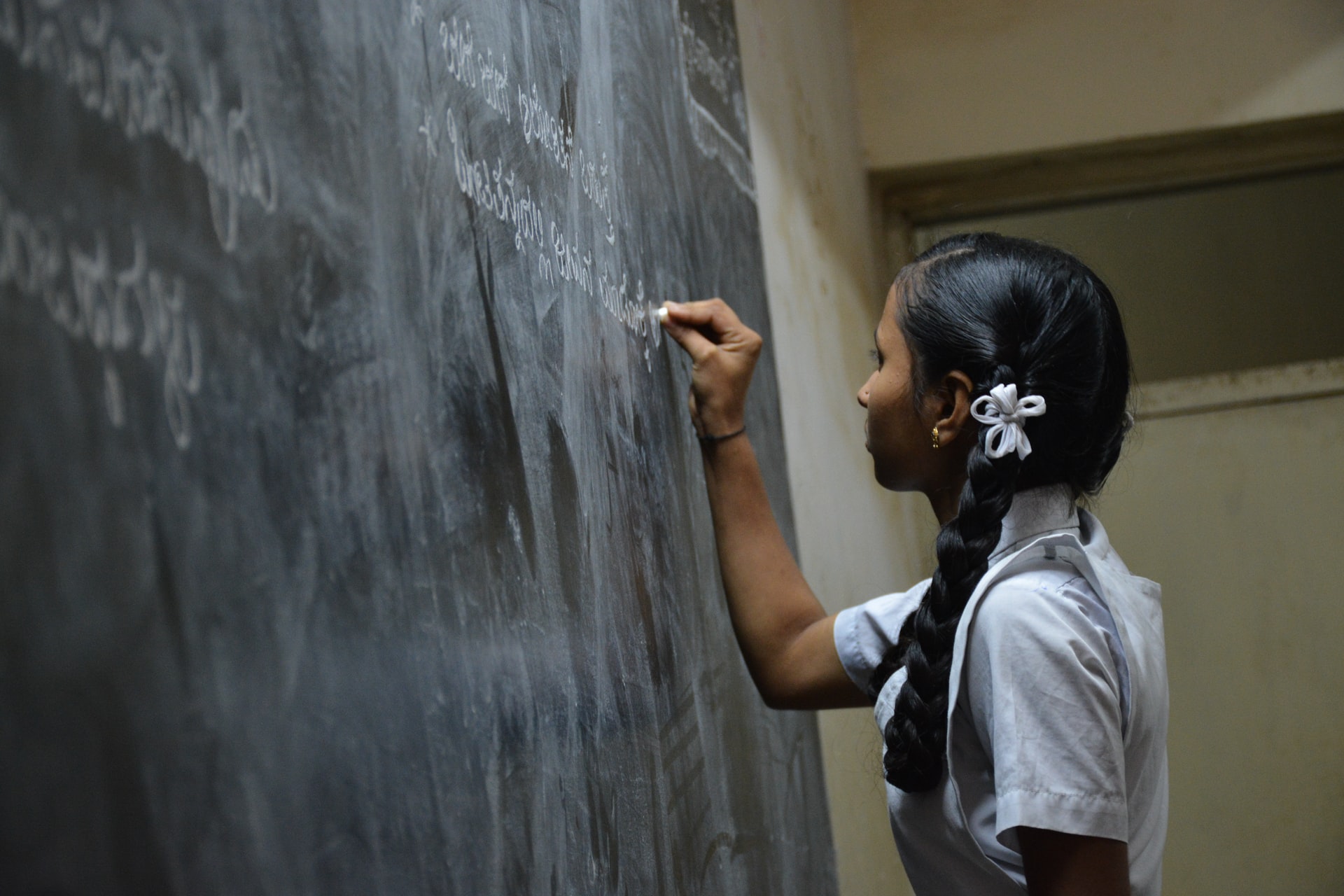
Water insecurity causes disproportionate illness in women, with an associated impact on breastfeeding, maternal health and child sickness (and, in turn, the stress of healthcare costs and reduced income).
Although women produce half of the world’s food, analysis by the Food and Agriculture Organization (FAO) found that their productivity is 20% to 30% lower than male farmers because of discrimination – from a lack of endowments and entitlements, to barriers to information and services. This further restricts income and progression. Gender disparities in landholdings deprive women farmers from belonging to water associations. And in rural sub-Saharan Africa, women hold less than 10% of the credit available to smallholder agriculture, because land – to which they do not hold legal rights – is used as collateral.
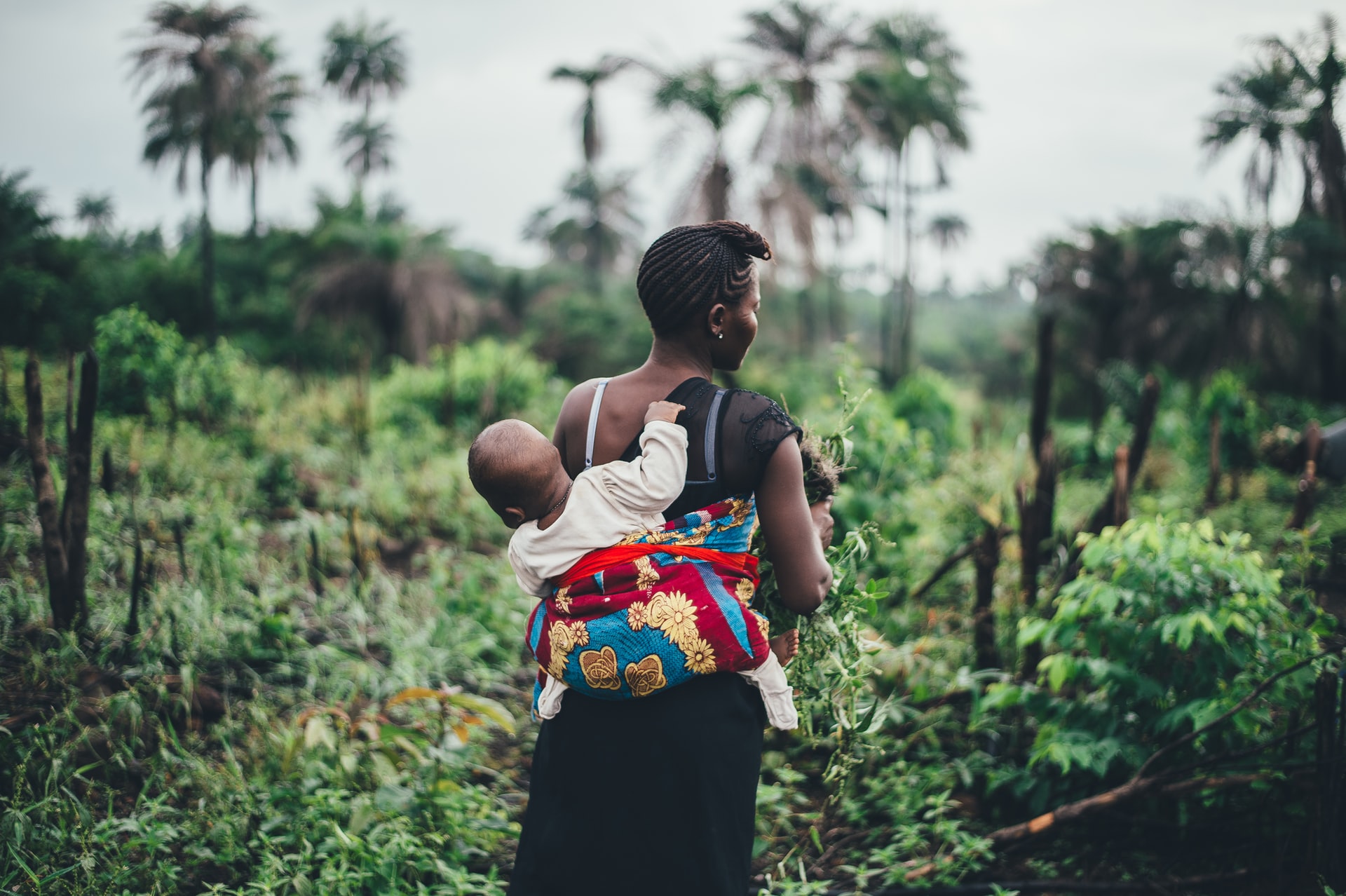
Gender inequalities have a socio-economic cost, too. A 2015 study which set out to quantify the social impact of a lack of toilets in the South African township of Khayelitsha estimated the combined annual social cost of sexual assaults at US$40 million in combined social costs each year. The research model recommended that providing more toilets was not only the right thing to do to protect women from assault – it also made financial sense.
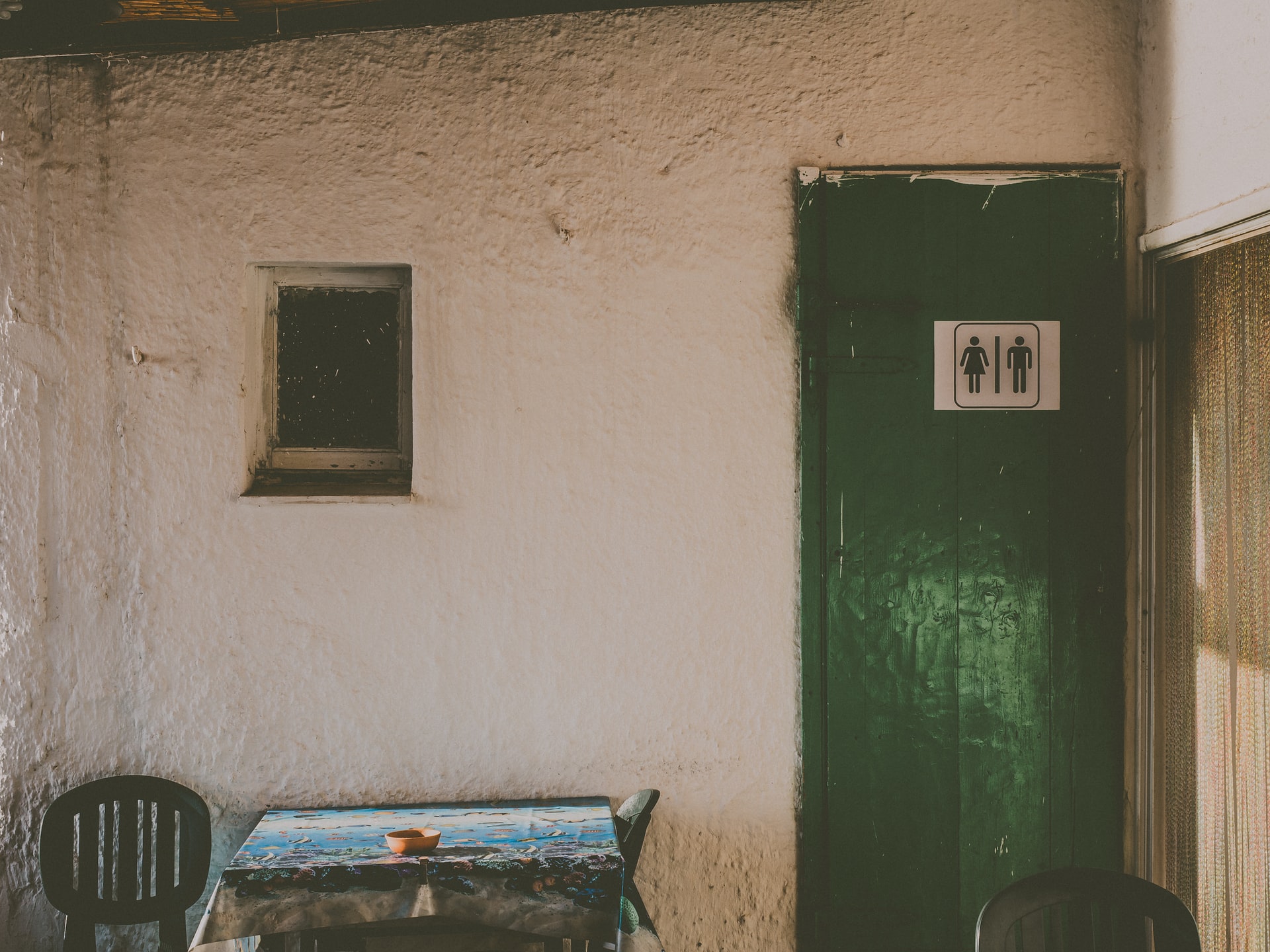
The problems aren’t restricted to developing nations, however. In Flint, Michigan, women are disproportionately affected by the fallout from living with degraded drinking water, in similar ways to those burdened with water collection on the other side of the world.
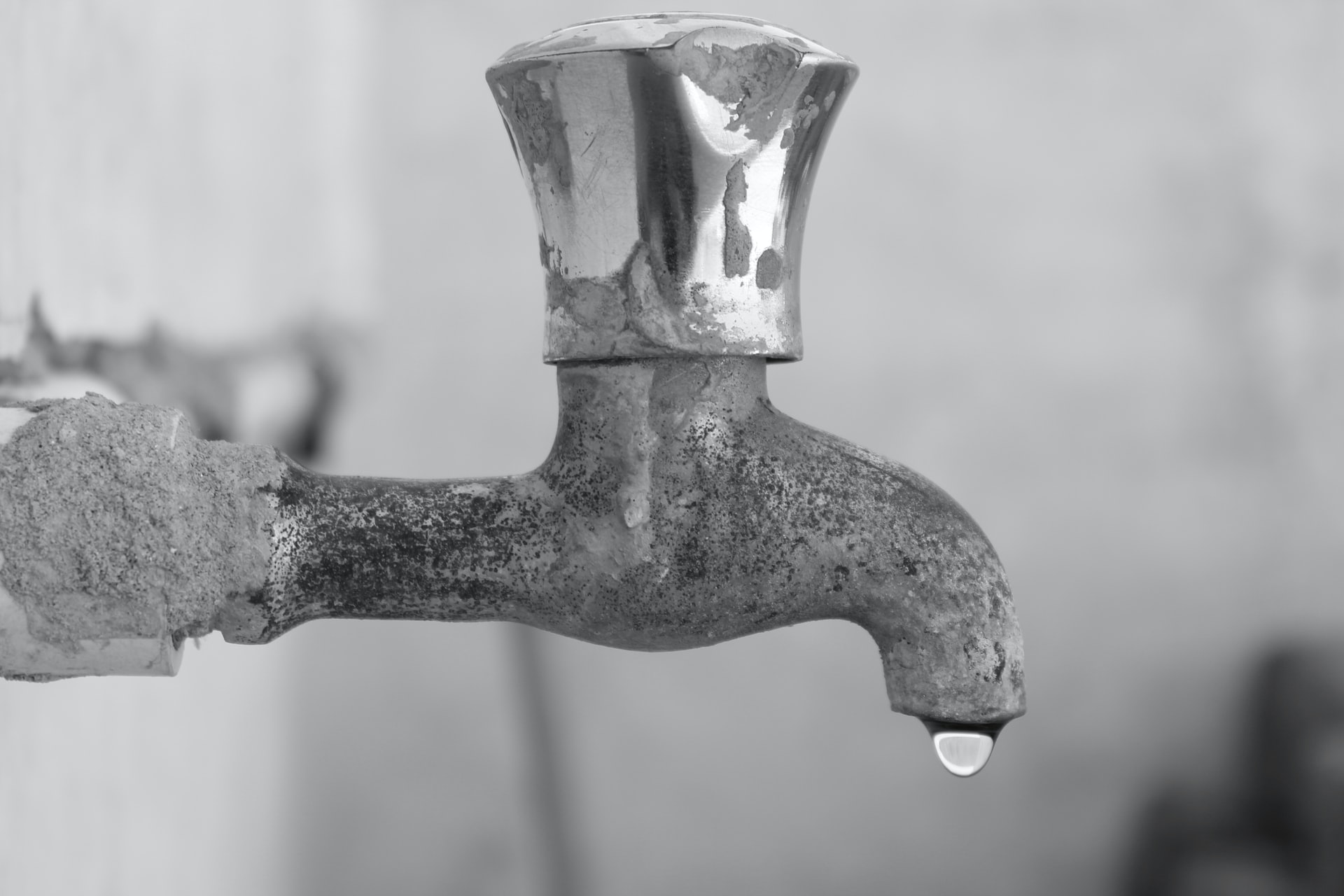
The long road to water equality
Women and girls are disproportionately affected by water issues, yet are under-represented on the solutions side, too.
In the 1980s the government of Malawi provided piped water to low-income households in 50 districts. However, the mostly male community-run tap committees quickly ran into problems collecting payments on time and retaining membership.
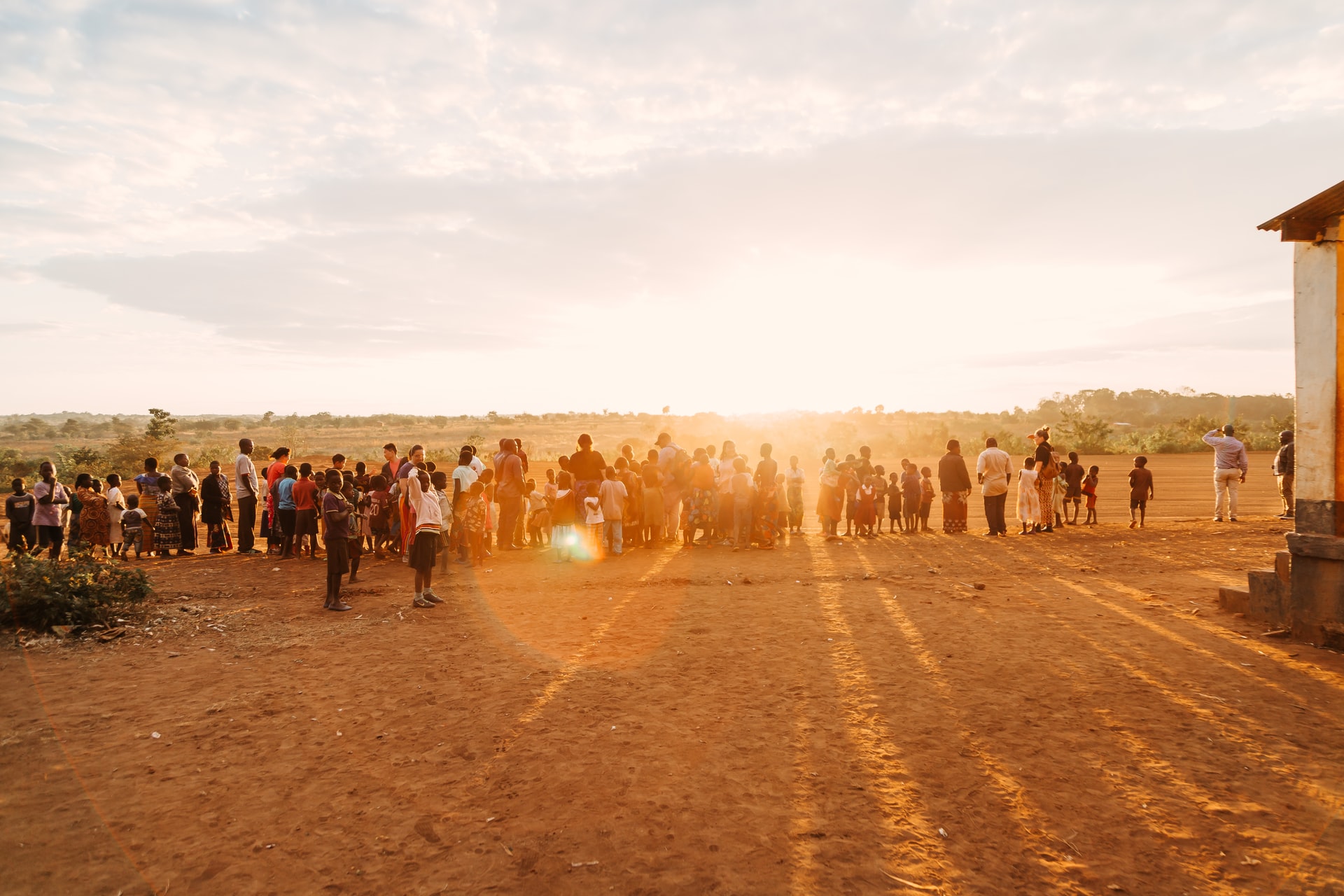
Women were sidelined despite having more responsibility for managing water, and even though the men were often away from home. To address this, women were trained and admitted to tap committees. The result was that meetings came to be held more regularly, and with greater attendance and effectiveness.
If a voice at a community level is the start, diversity across the water management sector is the next step. In 2014, women made up less than 17% of the labour force in this sector in developing countries, and were particularly under-represented in engineering, leadership, policy and regulation roles.
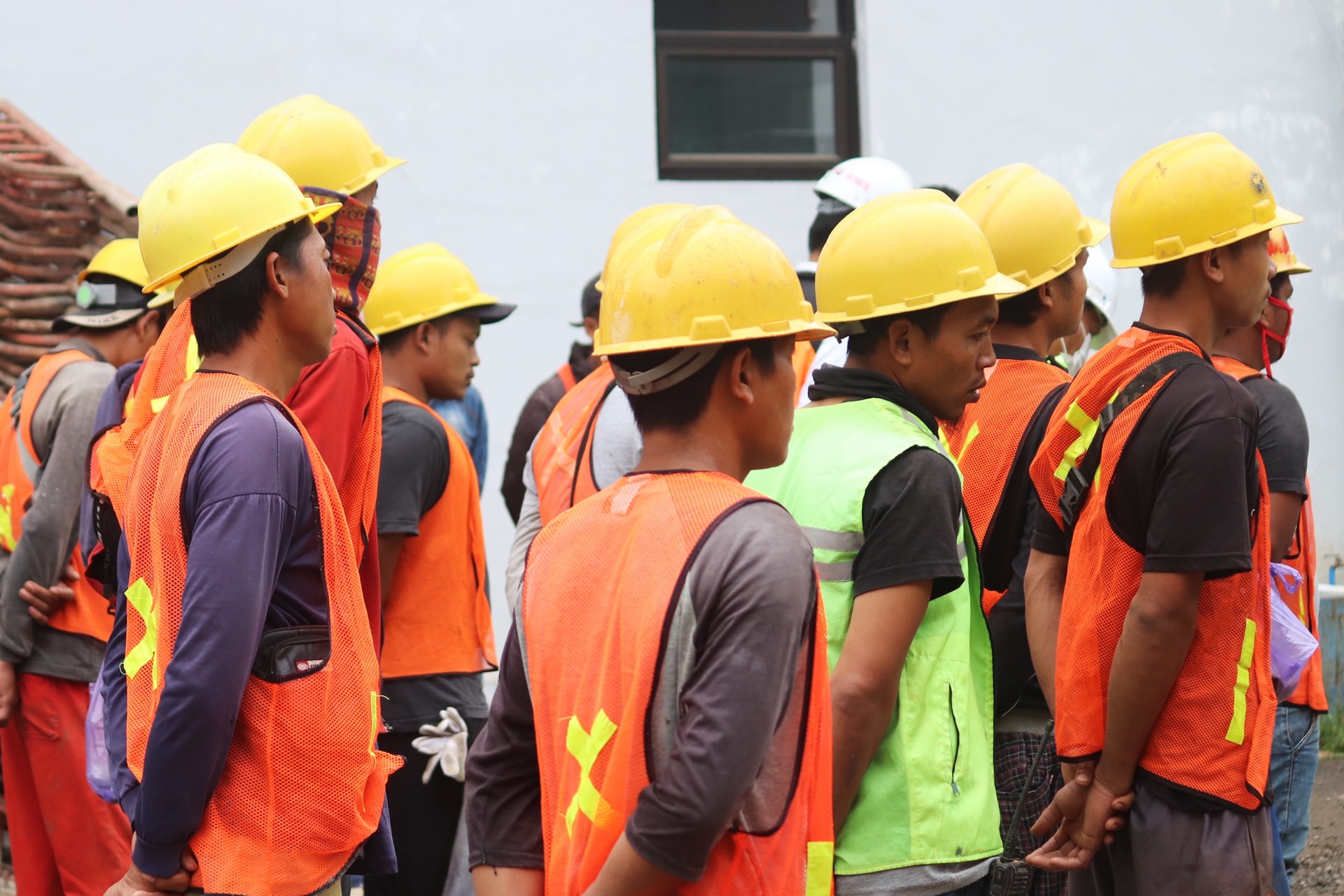
Of course, overcoming the gaps isn’t as simple as inviting women to apply: entering male-dominated spaces can itself be a considerable barrier. Again, creating equal provision for female needs (such as toilets and changing spaces) and actively tackling discrimination is part of the solution.
Embracing women’s lived experience of managing water insecurity has particular relevance in a water-stressed world. The World Economic Forum has listed water as a top global risk for the past few years – and women’s knowledge may be key to hydrodiplomacy and avoiding water-related conflict.
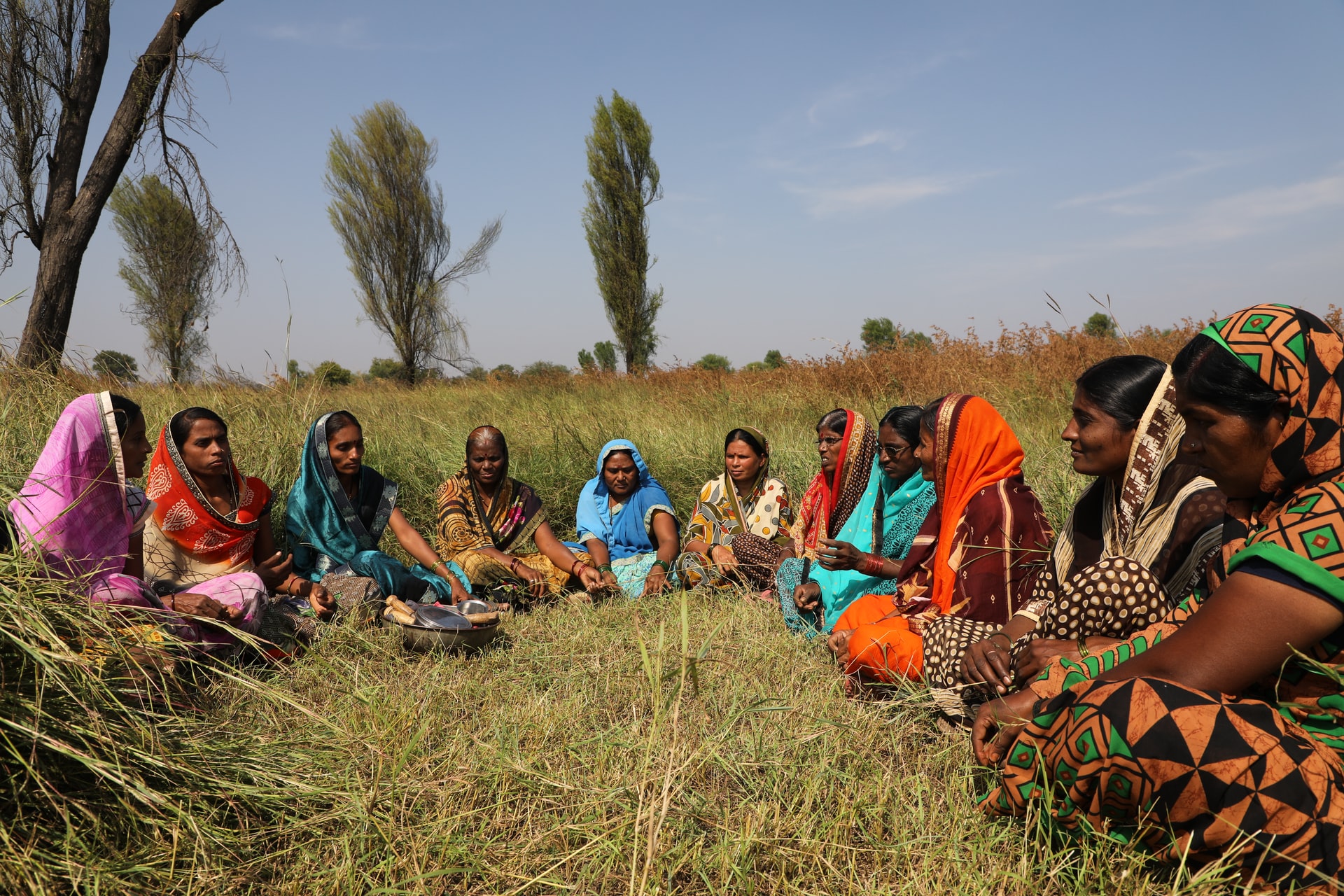
At a basic level, gender equality begins with providing women with equal access to clean water and toilet facilities. But if we are to address the broader systemic issues at the nexus of water and gender, empowering female expertise and experience at all levels will benefit us all.